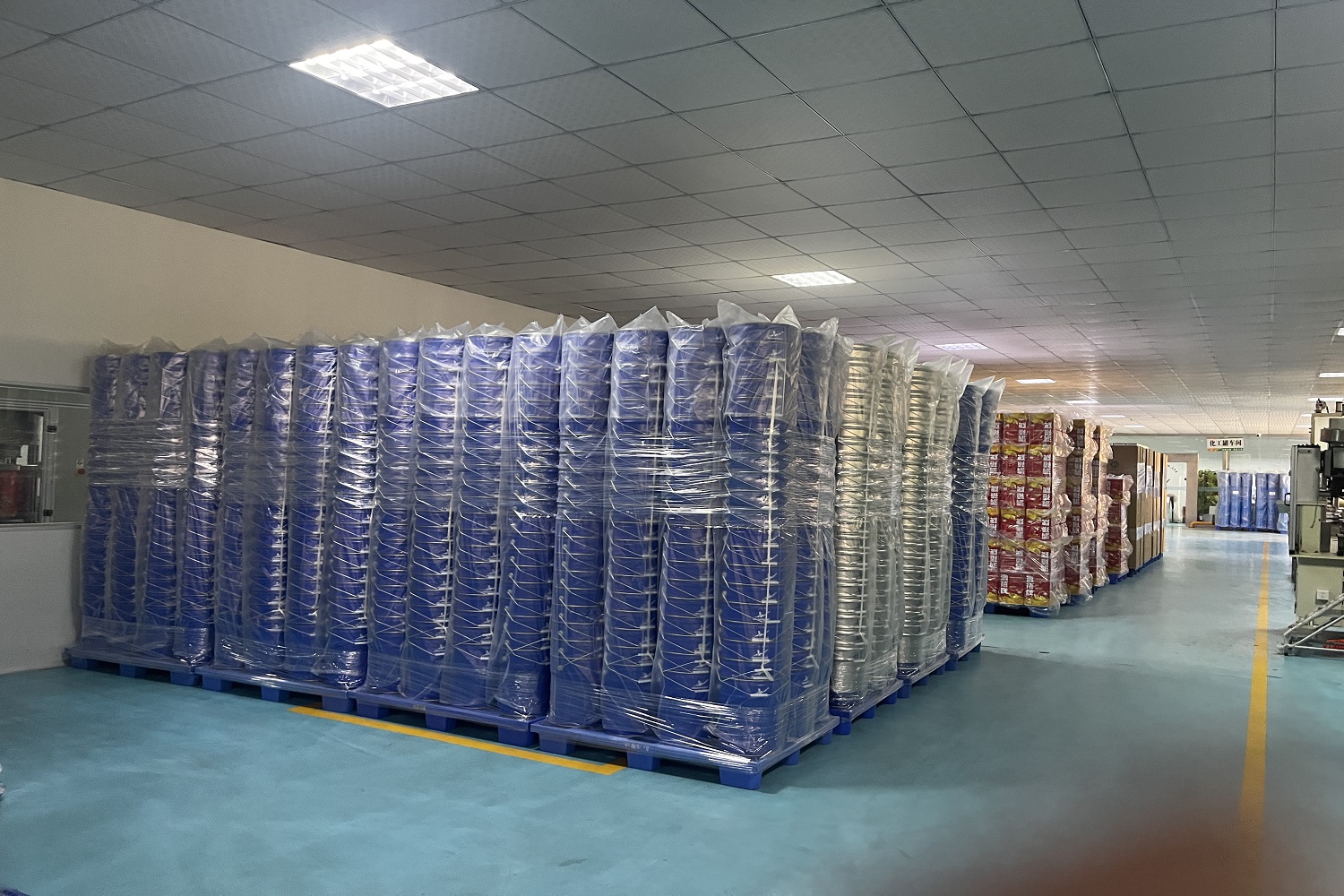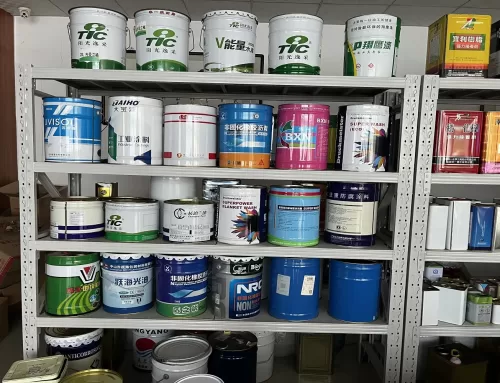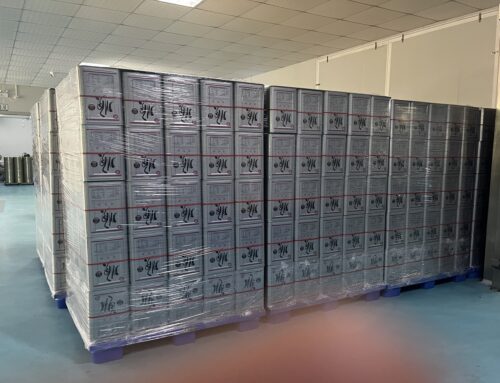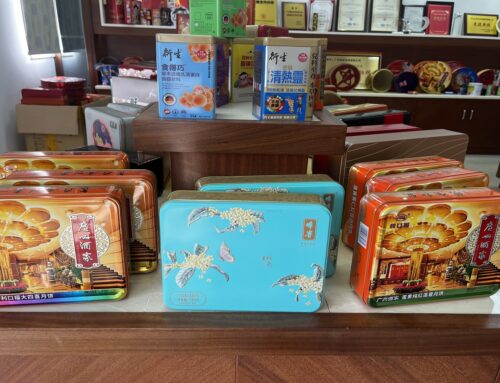The design considerations for the formulation of water-based sealing adhesive for canning include the purpose of the can lid (packaging type), sealing conditions, mechanical and chemical stability, environmental conditions and limitations, compliance with food regulations, can edge conditions, flavor and odor requirements, adhesive injection cost, etc.
Water-based sealing adhesives are typically formulated from a polymer in the form of an emulsion, referred to as “latex.” Latex can be either synthetic or natural, with total solids content ranging from 40% to 70%. The components, including latex and other ingredients, are mixed in a high-speed mixer under vacuum conditions to prevent air entry.

The solid content of water-based sealing adhesives usually falls within the range of 40% to 70%. The required solid content for sealing adhesive is generally determined by the injection equipment speed and the drying conditions of the factory. Most water-based sealing adhesives require forced drying through heating to allow rapid film formation and achieve sufficient adhesion. After forced drying, can lids with applied adhesive are often tightly stacked in kraft paper sleeves and then palletized for shipment. Pallets are often shrink-wrapped for transportation. Even lids that have undergone heat drying should be left for at least 24 hours before shrink-wrapping the pallets, a critical step to dissipate all moisture and optimize the physical performance of the sealing adhesive.
Water-based sealing adhesives find applications in various packaging types, including food (hot-fill canning, nitrogen packaging), beverages (carbonated and non-carbonated drinks), miscellaneous cans (oil, solvents, and other non-food packaging), and aerosol packaging. The choice of sealing adhesive depends on factors such as injection application and storage conditions, final use (packaging and processing type), application cost, etc. Specific selection criteria will be discussed in detail later.
Advantages of water-based sealing adhesives include environmental friendliness (no volatile flammable solvents), a wide range of viscosity and total solids content, suitability for all packaging types, excellent performance in solvent, oil, and pressure aerosol packaging worldwide manufacturing and distribution.
Disadvantages include the need for hot air forced drying of can lids after sealing injection, potential corrosion, wear of nozzles and needles, and microbial growth. Sealing adhesives may freeze and condense at temperatures below zero degrees Celsius. Low shear pumps should be used for conveying water-based liquid sealants to prevent condensation.




